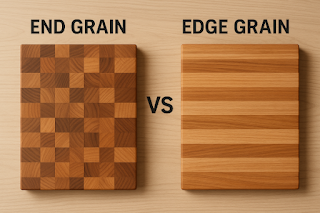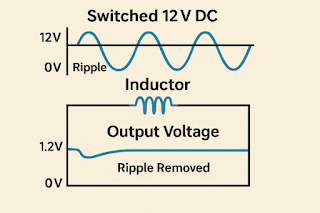Complete DIY Guide to CNC Wood Lathe: Parts and Assembly Steps

With the rise of the DIY movement, more people are building their own CNC wood lathes. It's an attractive option, allowing you to save costs and build a customized woodworking machine tailored to your needs. However, achieving precision in both cutting and electronic control requires a solid understanding of parts, structure, and settings. In this post, we’ll break down all the essential components and step-by-step assembly instructions for DIY CNC wood lathes. Based on GRBL control systems, we’ll also include practical tips to help you avoid common pitfalls. 1. Essential Parts for DIY CNC Wood Lathe Frame : Structural integrity is key. Use 2040 or 3060 aluminum profiles or hardwood frames. Spindle Motor : The core cutting component. A 500–1500W spindle with ER11 collet is recommended. Stepper Motors : Drives the X and Z axes. Common choices are NEMA 17 or NEMA 23. Lead Screw : Converts motor rotation to linear motion. T8 lead screws or bal...









